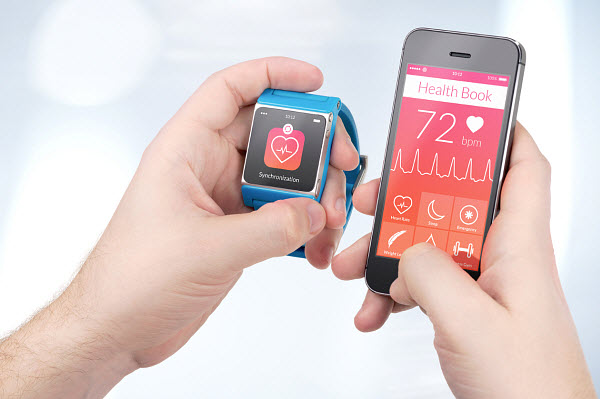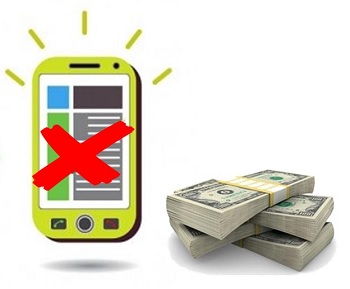Health tracking wearable technology was important to more than half of survey respondents.
Based on the findings of a new report by ON World, 60% of the 1,000 consumers surveyed are likely to adopt wearables that have health and fitness tracking capabilities, revealing that these are among the top selling features of this tech.
ON World predicts that more than 260 million wearable devices will have shipped by 2018.
In addition to finding out what appeals to potential adopters of wearable tech, the report evaluated wireless personal area devices shipments, which includes mobile gadgets such as smart jewelry, smartwatches, proximity monitors, and child and pet trackers. The company forecasts that 265 million of these devices will be shipped in 2018.
Mareca Hatler, a research director at ON World, stated that “Mobile sensing is quickly becoming a mass market meme.” Hatler added that “Wearables are the largest and fastest growing segment with the most growth coming from general purpose smart devices that integrate multiple sensors as well as multiple communications capabilities.”
The firm predicts that while WiFi will grow the fastest, Bluetooth Smart will be the communication protocol that will be the most extensively utilized for wearables within the next five years.
Smartwatches were found to be the most popular wearables.
 42% of survey respondents showed interest in becoming likely adopters of smartwatches. In addition, after evaluating product reviews, ON World learned that there are eight times more smartwatches on the market now compared to two years previous, and that there are four times as many other wearable devices. According to data found in a study the firm released in May, ON World predicted that 19% of Americans will own a wearable device by 2015.
42% of survey respondents showed interest in becoming likely adopters of smartwatches. In addition, after evaluating product reviews, ON World learned that there are eight times more smartwatches on the market now compared to two years previous, and that there are four times as many other wearable devices. According to data found in a study the firm released in May, ON World predicted that 19% of Americans will own a wearable device by 2015.
The company was also curious to learn how much consumers would be willing to spend on a smartwatch. They discovered that 23% said they would pay $149 or higher if the watch had fitness and health features, such as activity, heart rate, and blood pressure tracking.
Data that was previously released from the same survey indicates that 49% of consumers would be willing to drop $99 or more for wearables with these features, but only 8% of respondents said they would pay more than $299. This statistic might make one wonder how popular Apple’s rumored smartwatch will be considering the device is rumored to cost $400.

 Langner stated that it is evident that businesses are seeing the gains in productivity, which indicates that regardless of whether the tech is used as a part of an official BYOD (bring your own device) policy or for a specific item, this type of planning is worthwhile.
Langner stated that it is evident that businesses are seeing the gains in productivity, which indicates that regardless of whether the tech is used as a part of an official BYOD (bring your own device) policy or for a specific item, this type of planning is worthwhile.